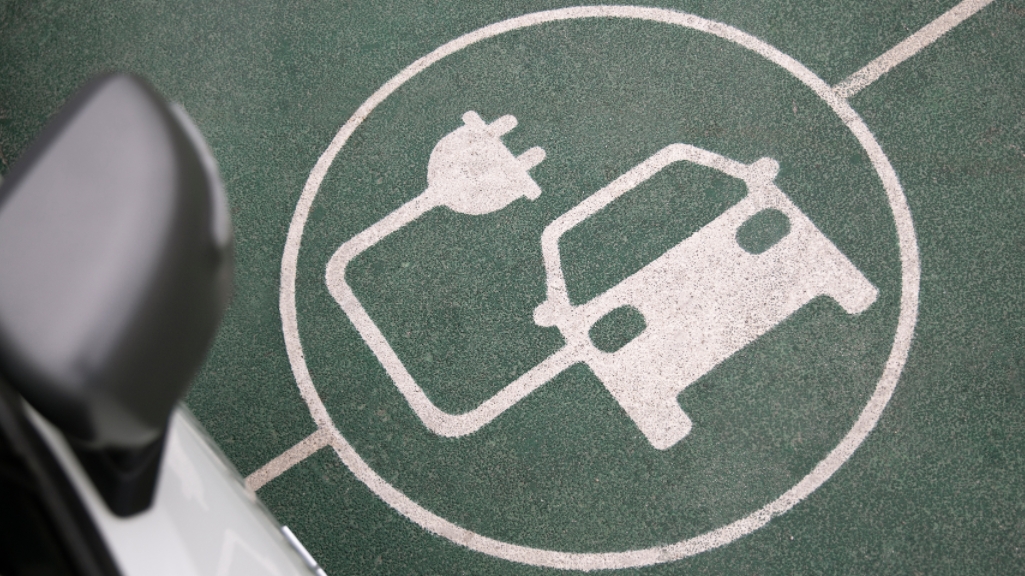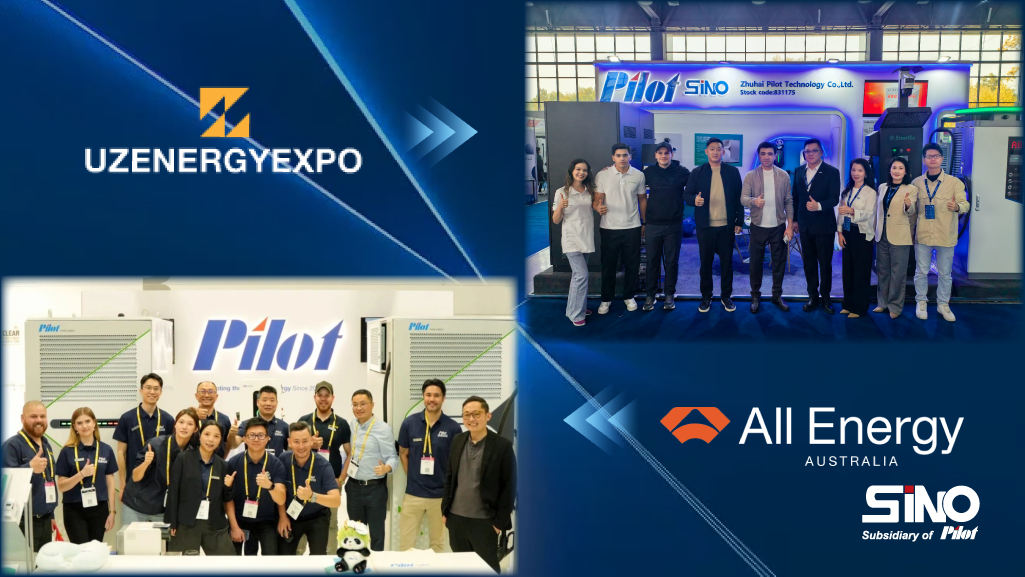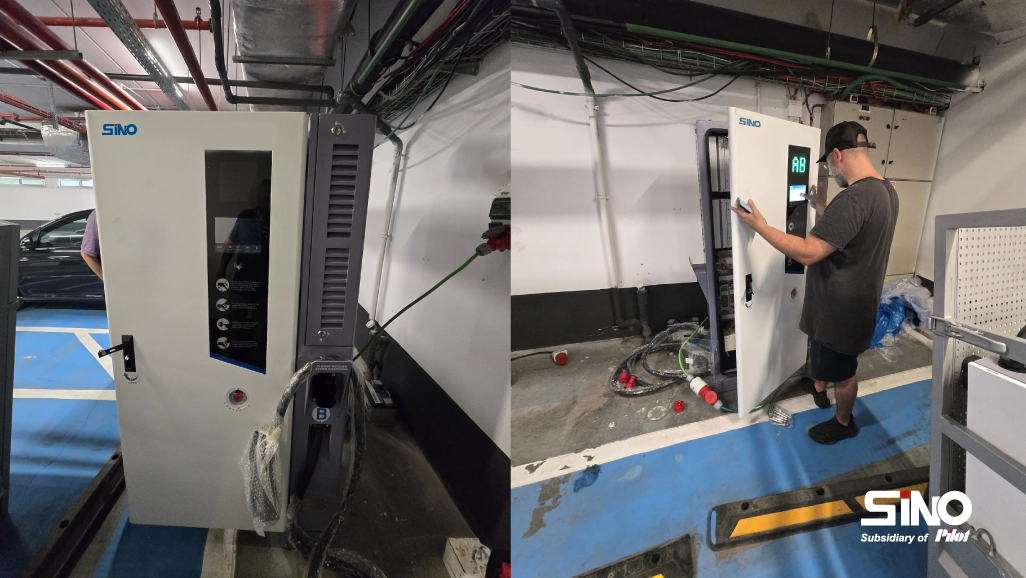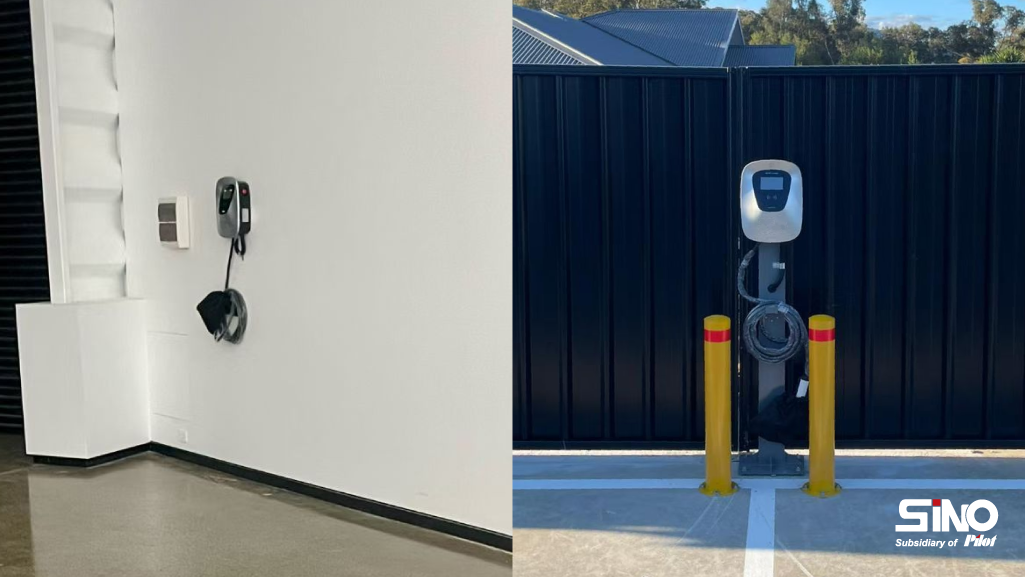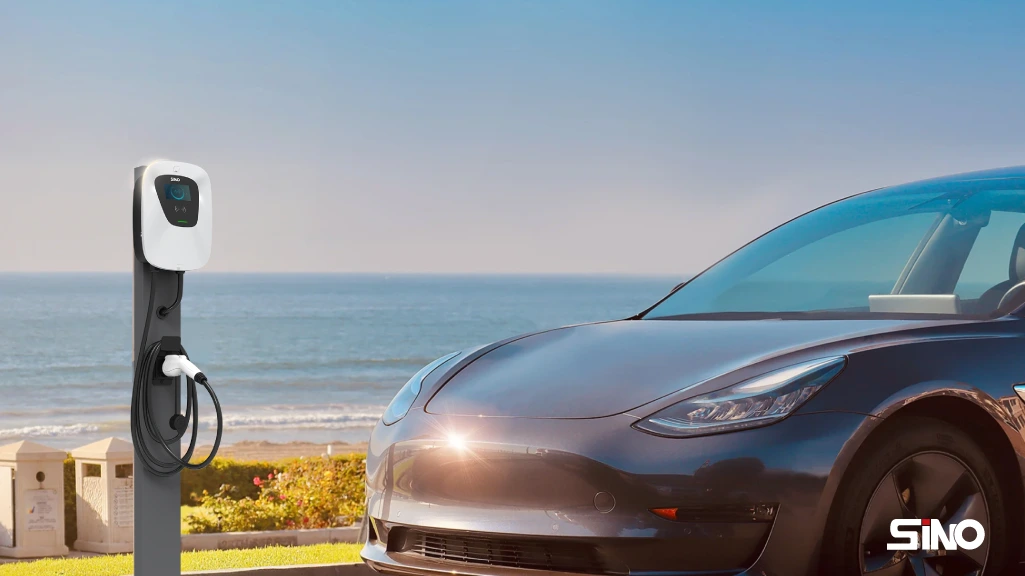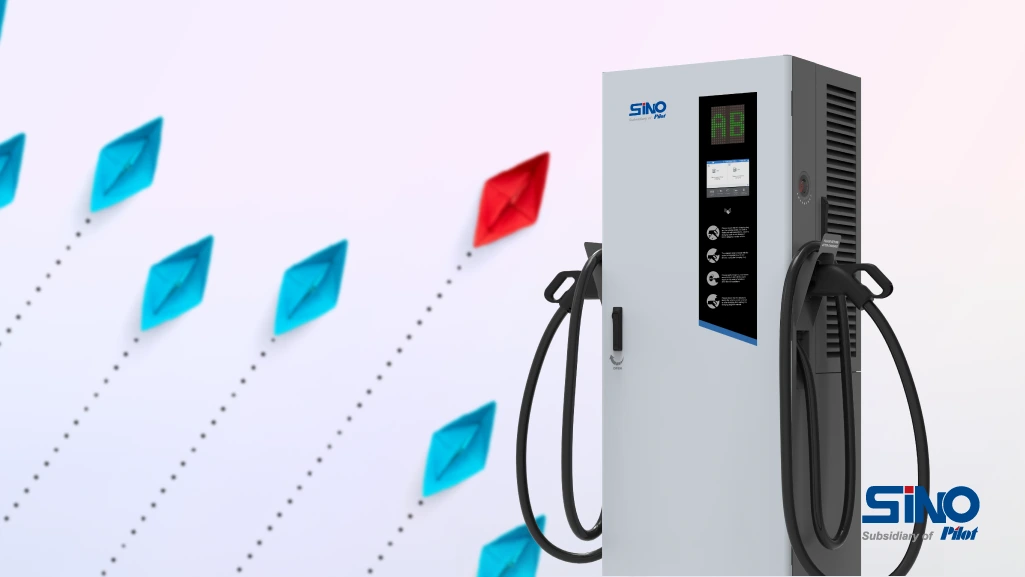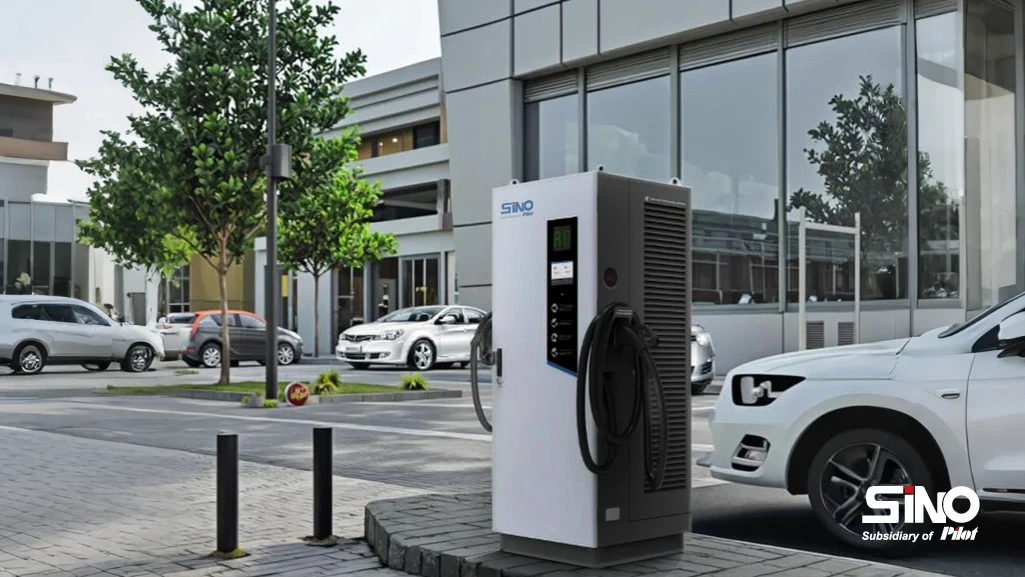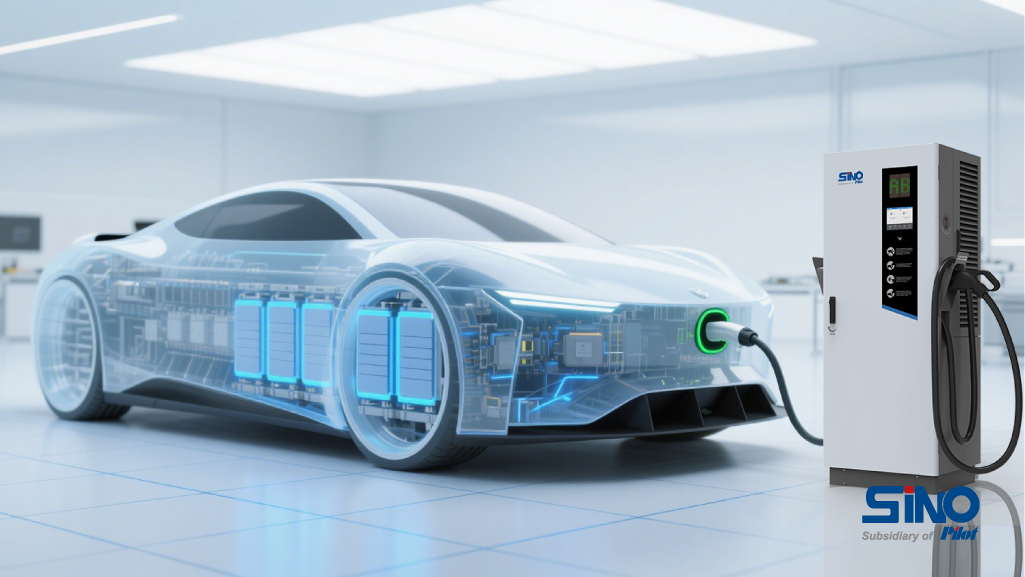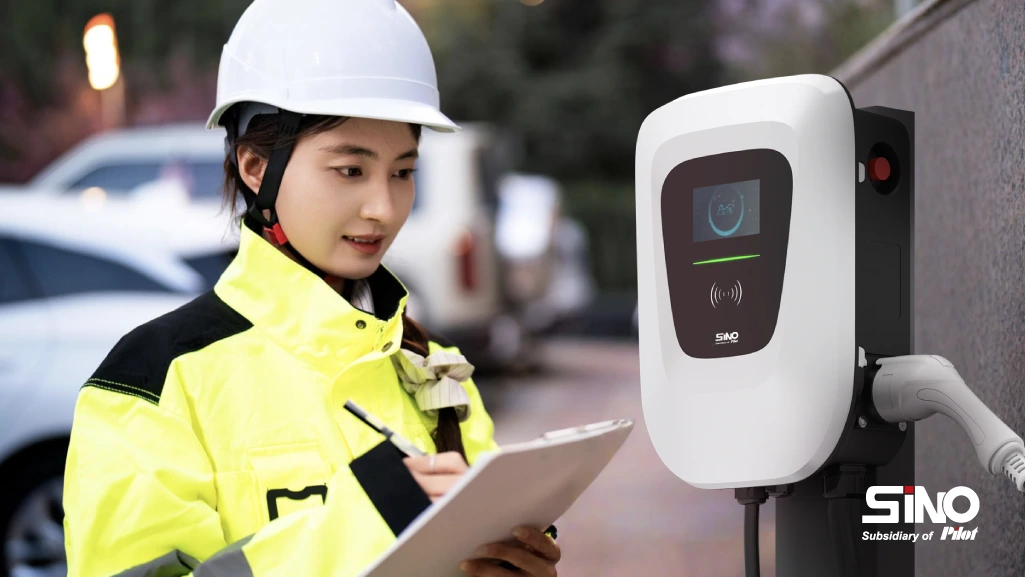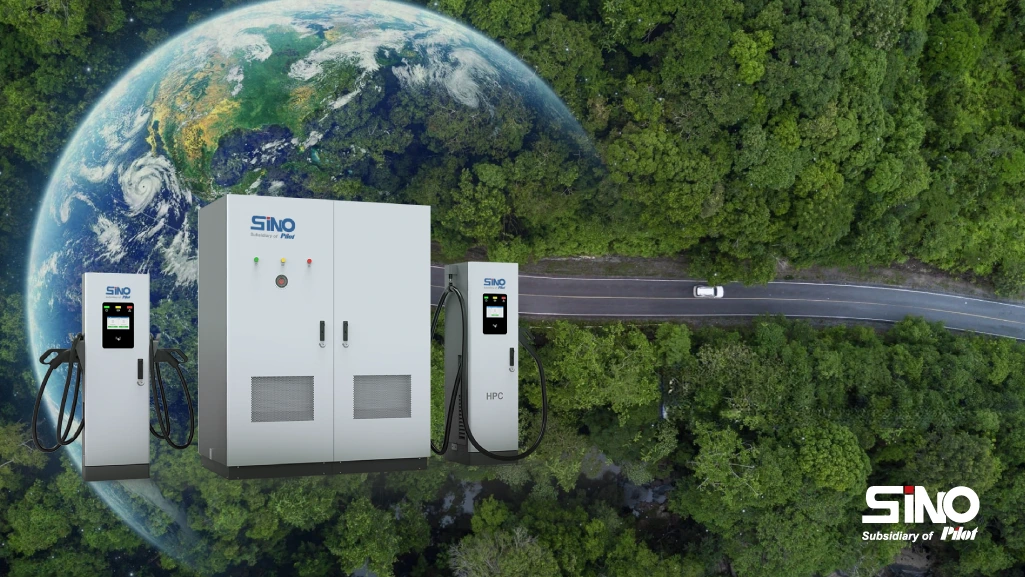The EV charging infrastructure is a fast-growing industry based on a few key actors who help in building and making this industry truly work. Among them, the key players are the Charge Point Operator, popularly known as CPO, Charge Point Owner, and E-Mobility Service Provider commonly known as EMSP. They all ensure that the charging networks are dependable, accessible, and user-friendly. The paper takes a closer look at each of these, their relationships, and finally, how important EV charging infrastructure is.
EV Charging Infrastructure Understanding
Importance of a Strong EV Charging Network
Electric vehicles have seen increasing adoption, which has, in turn, increased the demand for accessible and reliable EV charging infrastructure. The strong network of EV charging will be important in order to: support EV drivers, foster sustainable transport, and meet the demands of modern electric mobility. Effective infrastructure ensures drivers have access to reliable points of charging, reducing “range anxiety” and thereby supporting wider adoption.
Key Players in EV Charging Infrastructure
Charge Point Operators (CPOs), Charge Point Owners, and E-Mobility Service Providers (EMSPs) are critical players of the EV charging ecosystem. Each has distinct responsibilities that collectively contribute to an efficient and user-friendly charging network. CPOs take care of the operational aspects of charging stations, whereas Charge Point Owners invest in and manage station assets. In contrast, the most important thing the EMSPs do is user access and account management.
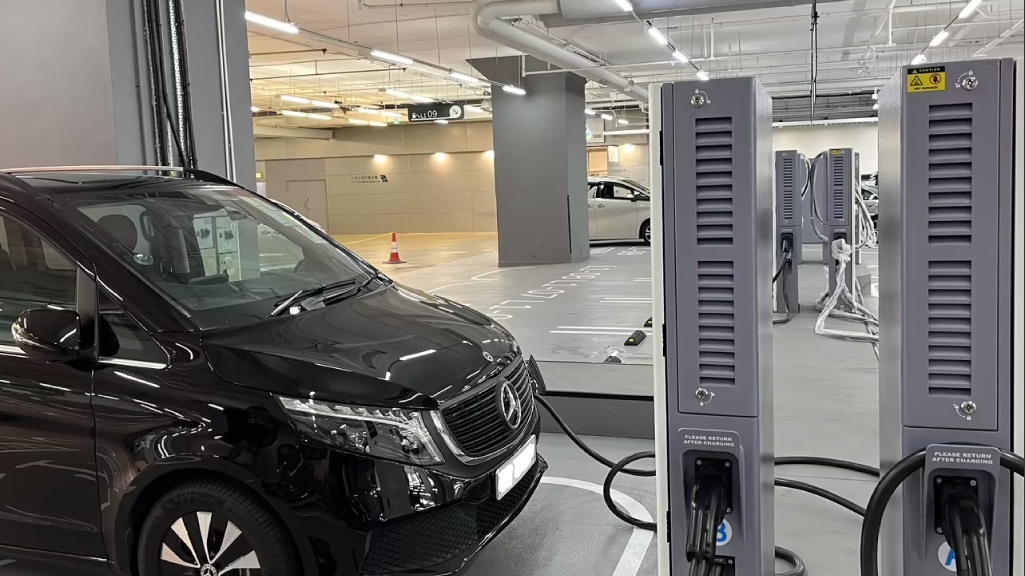
What is CPOs Meaning?
Duties of CPOs
These include EV charging installation and maintenance of hardware, uptime maintenance, energy distribution across the networks, among others, in the ambit of CPOs for the day-to-day operation of charging stations. As such, CPOs guarantee a seamless charging experience for EV drivers, full reliability within the network.
Revenue Streams for Charge Point Operators
CPOs can generate revenues from a variety of sources. A typical revenue model is constituted by time-of-use fees, energy-based kWh fees, or even flat rates per session. Other sources of revenue streams might be created through partnering with EMSPs and making their network accessible for third-party access, receiving a part of the generated revenue by transactions enabled through EMSPs.
Examples of CPOs in EV Charging
A variety of Charge Point Operators exist globally, each running extensive station networks. Examples of specific CPOs are EVBox, ChargePoint, and Electrify America. Each works on a large scale to provide extensive coverage and ensures users can get reliable EV charging anywhere.
What is a Charge Point Owner?
Who Owns and Invests in EV Charging Stations?
A Charge Point Owner is typically an investor in, or owner of, the physical infrastructure of EV charging stations. It funds electric vehicle charging equipment acquisition and installation, site acquisition or lease, and often enters into a contract with a CPO for operational activities. For most Charge Point Owners, this investment is part of a wide investment strategy to attract EV drivers to their locations, enhance the value of their properties, or support environmental initiatives.
Relationship Between Charge Point Owners and CPOs
The relationship between Charge Point Owners and CPOs is often a partnership. However, whereas the investment in the infrastructure often originates from the Charge Point Owner, operational logistics, maintenance, and network management remain dependent on the CPO. There is thus a win-win situation: the Charge Point Owner brings along the physical resources and the CPO ensures that this is optimally functioning and starts bringing in revenue on its own via user fees or by selling it to the EMSPs.

What is an E-Mobility Service Provider (EMSP)?
EMSPs in EV Charging Services
The E-Mobility Service Providers, or EMSPs, work as an intermediary between electric vehicle users and charging infrastructure. They facilitate the services necessary for users to access multiple charging networks using one account. They are responsible for processing the payments, tracking the usage, and sometimes subscription or membership plans that may offer access to discounted rates on charging.
Enhancing User Experience
The features an EMSP can offer include enhancing the user experience: location in real-time of available charging points, flexibility of payment, and energy usage tracking. This can be done through a mobile application or an online portal, which gives EV drivers an easy way to find, pay for, and manage their charging needs across more than one network.
Differences Between CPOs and EMSPs
While the CPOs address the operational part of the charging stations, the EMSPs create an easy access path to EV charging services through a more user-oriented approach. While they ensure that the stations are up and running, the EMSPs develop EV charging management software for seamless, accessible, integrated user experiences. Together, they build an EV charging ecosystem, creating operational and customer service capabilities for CPOs.
Collaboration Between CPOs, Charge Point Owners, and EMSPs
How Data Sharing Improves EV Charging Service
Data sharing is the key ingredient in the collaboration between Charge Point Owners and EMSPs. By sharing data, CPOs and EMSPs provide EV drivers with correct real-time information on station availability, energy usage, and pricing. This level of transparency improves the user experience while making service management seamless. In such cases, it becomes easier for operators and service providers to optimize network performance.
Ensuring Interoperability Across Charging Networks
Interoperability means that different charging networks should seamlessly work together to provide an integrated user-friendly EV charging infrastructure.CPOs and EMSPs often collaborate to ensure that their networks are compatible, allowing users to charge their vehicles at multiple stations with a single account. This interoperability fosters greater flexibility, convenience, and accessibility for EV drivers.
Benefits for the EV Charging Industry
The teamwork between CPOs, Charge Point Owners, and EMSPs shall help the network to achieve a full, reliable, and user-friendly platform. In this way, it solves many of the issues related to network maintenance, user satisfaction, and revenue generation. Most importantly, the expansion of EV infrastructure will allow for wider and smoother penetration of electric vehicles.
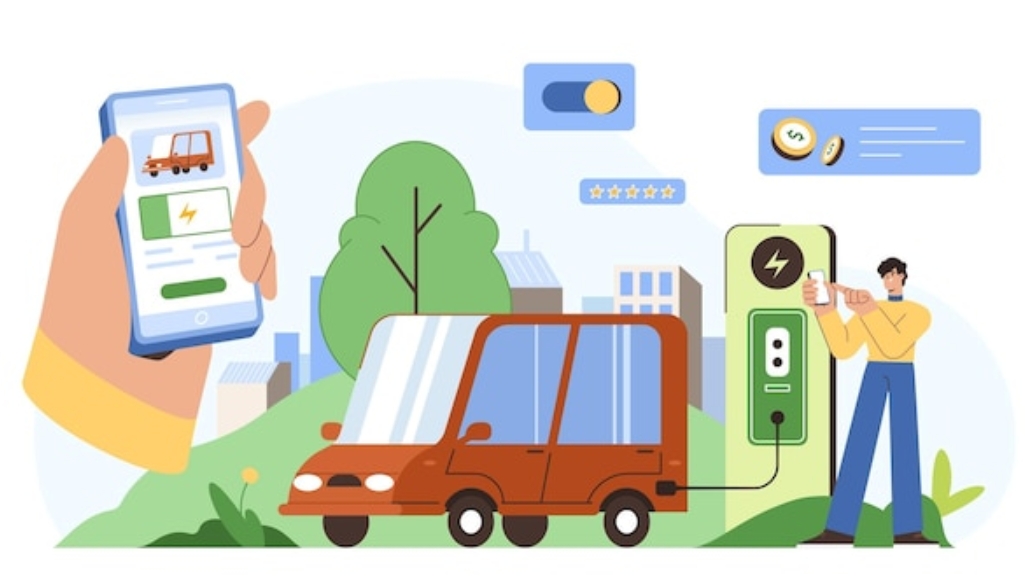
Future Trends in EV Charging Infrastructure
Innovations in Smart Charging and Network Expansion
Smart charging technologies, such as load balancing and automatic demand response, are going to characterize the future of EV charging infrastructure. These types of innovations therefore allow CPOs to distribute energy efficiently while minimizing stress on the grid and consequently enhancing ev charging times. As networks continue to grow, this type of technology will become crucial for dealing with the growing demand and maintaining sustainable energy consumption.
Challenges for CPOs, EMSPs, and Charge Point Owners
Challenges abound for CPOs, EMPs, and Charge Point Owners as the industry continues to grow—from network management issues to data security and regulatory issues. Increasing competition and end-user’s expectations of seamlessness in their experience drive continuous innovation and value creation by companies.
The Role of EV Charging Service Providers
EV Charging Service Providers play a vital role in integrating new technologies and adapting to changing demands. By focusing on interoperability, data-driven insights, and user-friendly features, service providers contribute to a robust and scalable EV charging infrastructure. As more vehicles go electric, services offered by CPOs, EMSPs, and Charge Point Owners will be further developed to fulfill the requirements in the EV ecosystem.
FAQs
1. What is the role of a Charge Point Operator (CPO) in EV charging?
A Charge Point Operator manages the operational aspects of EV charging stations, including maintenance, monitoring, and uptime management, ensuring reliable service for EV drivers.
2. How does an E-Mobility Service Provider (EMSP) differ from CPOs?
While a CPO handles the physical operations of charging stations, an EMSP provides software solutions that enable users to access and pay for EV charging across various networks.
3. Who owns EV charging stations: CPOs or Charge Point Owners?
Generally, a Charge Point Owner holds the ownership of the EV charging station infrastructure, while CPOs manage its daily operations and maintenance.
4. Why is interoperability important in EV charging infrastructure?
Interoperability ensures that EV drivers can use a single account to access charging stations across multiple networks, enhancing user convenience and flexibility.
5. What are some common challenges CPOs face in managing EV charging stations?
Challenges for CPOs include network expansion, ensuring consistent uptime, adapting to new technology, and maintaining secure data management across their networks.
Our Social
Facebook: www.facebook.com/sinoevc
Instagram: www.instagram.com/sinoevc
Linkedin: www.linkedin.com/company/sinoevse
Youtube: www.youtube.com/@sinoevc
Twitter: www.twitter.com/sinoevc

“Charging for A Better Life”
—Zhuhai Sino Energy Technology Co.,Ltd.



